Are you planning a hiking expedition in Arizona? If so, make sure you are prepared and packed for fun! Hiking is an exciting activity that can be enjoyed by anyone regardless of age, gender, or physical fitness level. Packing appropriately can mean the difference between an epic adventure and a miserable journey.
Here, we will discuss tips on what to pack for your next hiking expedition so that you have everything necessary to make your trip memorable. From the essentials for every hiker’s backpack to the specialized gear needed depending on the type of trail you plan on taking, we will cover all of it here. Get ready- because with these packing hacks in hand –your Arizona adventure awaits!
Hiking Tips & Tricks
A successful hike is one that is not only safe but also enjoyable. Here are some essential tips and tricks to ensure a memorable experience:
What To Pack For Your Arizona Hiking Expedition
When preparing for a short hike, it's important to pack efficiently to keep your load light. Here is a guide to essential hiking gear:
1. Navigation Tools:
Carry a map, compass, or GPS to stay oriented during your hike. Familiarize yourself with the trail, campsites, water sources, and emergency exits to plan your journey effectively.
2. Sufficient Water:
Hydration is crucial for optimal performance. Ensure you have an ample water supply by hydrating before the hike and carrying enough water for the duration. Prioritize water availability regardless of the weather conditions.
3. Clothing and Rain Protection:
Prepare for unexpected weather changes by wearing layered clothing and carrying a lightweight poncho. This flexibility allows you to adjust to temperature variations and protect yourself from rain showers.
4. Safety Items:
Regardless of the trail's difficulty, safety should be a priority. Include essential safety items such as a firestarter, flashlight, and whistle in case of emergencies. These tools can signal for help, provide warmth, and guide you in low-light conditions.
5. First-Aid Kit:
Assemble a personalized first-aid kit with blister treatment, bandages, tape, antibiotic ointment, gauze pads, and any necessary medications for you and your companions.
6. Multi-Purpose Tool or Knife:
Carry a knife or multi-purpose tool that can assist with various tasks, such as cutting fabric for bandages or opening packages. Additionally, it can be handy for fire-making purposes.
7. Backpack:
Choose a comfortable backpack that distributes weight evenly and rests high on your back. Opt for one with padded, adjustable hip belts to alleviate strain on your shoulders and back. Always wear both shoulder straps.
8. Trash Bag:
Help preserve the beauty of the hiking trails by carrying a trash bag. Use a zippered plastic bag to store wrappers and other waste until you can dispose of them properly.
9. Bug Spray:
Insect repellent is essential to ward off ticks, bees, spiders, and mosquitoes, depending on your hiking location, time of day, and season. Choose a repellent containing DEET or an alternative like citronella spray for children. Reapply as necessary.
10. Toiletries:
If venturing far from public restrooms, pack toilet paper, hand sanitizer, waste bags, and any other necessary toiletries to maintain hygiene during bathroom breaks.
Remember to tailor this list to your specific needs and the requirements of your hiking destination.
What to Wear On Your Arizona Hiking Expedition
Choosing the right attire for your hike can greatly enhance your comfort and overall experience. Your clothing should be suitable for weather conditions and provide protection against potential irritants. Here are some tips on what to wear for a comfortable hiking adventure:
What Pants to Wear:
When it comes to hiking pants for hot weather, lightweight and quick-drying options are ideal. Look for pants made from breathable and moisture-wicking fabrics such as nylon or polyester. It's best to avoid heavy and insulated pants that trap heat, as they can make you feel uncomfortable and sweaty. Instead, opt for quick-drying and lightweight pants that allow heat to escape, keeping you cool and comfortable throughout your hike.
Which Shirt to Choose:
When it comes to hiking shirts for sun-drenched Arizona, sun hoodies are your best buddy. They're like superheroes, shielding you from the relentless sun while also doubling as cozy long sleeves on those chilly mornings. Look for a breathable and quick-drying sun hoodie—it's as close to perfection as you'll find. But, if you can't find a hooded option, a regular sun shirt will do the trick just fine.
Footwear Matters:
Choosing the right footwear can be the difference between an enjoyable hike and one that ends in blisters. Wearing appropriate shoes and socks is important for the hike you are on, as improper ones can result in sore feet, blisters, and ankle injuries. So, always make sure to pick the right shoes for your hiking adventure.
Hiking Shoes: When embarking on the Arizona Trail, many hikers debate whether to wear boots or trail runners. However, according to experienced hikers, given the terrain and conditions of the trail, wearing boots may be unnecessary. The Arizona Trail does not involve extensive bushwhacking, nor does it feature treacherous terrain that could easily result in ankle twists. Furthermore, there are hardly any areas of rock-hopping, boulder fields, or mud on the path. For these reasons, many experienced hikers recommend wearing trail runners instead of boots on the Arizona Trail.
Trail runners are a popular choice among thru-hikers, as they offer several advantages over boots. For one, they dry much quicker in the rare event that they get wet. Additionally, they help keep the hiker's load lighter and their feet cooler, which can make a huge difference when trekking through the Arizona desert. Wearing trail runners can even help improve a hiker's overall outlook on life, as their feet will feel more comfortable and they'll be less weighed down by heavy boots.
Gaiters: (Recommended)
Throughout most of the Arizona Trail, hikers will encounter a combination of tiny rocks, pebbles, and powdery dirt. Without protective gaiters, these elements can easily infiltrate shoes and disrupt a journey with constant stopping to empty out collected debris.
However, utilizing proper gaiters can drastically improve the entire experience of hiking in the desert. For instance, the newfound ankle coverage that comes with the usage of gaiters can lead to life-changing moments for many travelers.
In fact, one could divide their experiences into two distinct eras: pre-ankle-coverage and post-ankle-coverage hiking in the desert. Overall, gaiters are a recommended and vital piece of gear for any hiker navigating the Arizona Trail.
Always keep these tips in mind whether you choose hiking shoes or boots:
Material: Synthetic materials like nylon and polyester offer breathability, lighter weight, and easier break-in periods. Split-grain leather or full-grain leather provides long-term durability, but they can be heavier and require more time to break in.
Fit: Make sure your shoes fit snugly without being too tight. Choose a pair that allows for wiggle room and doesn't cause blisters or discomfort when you walk.
Traction: Choose shoes or hiking boots with sticky rubber outsoles that offer excellent traction on slick surfaces. This is especially important if you're tackling challenging outdoor terrain.
Cut: High-cut shoes and boots can provide more ankle support, but low-cut options may offer better mobility. Choose the best option for your activity level and terrain.
Water-Proofing: If you plan on hiking in wet conditions, a waterproof pair of shoes or boots will keep your feet dry and comfortable.
Hiking Socks:
Last but not least, don't forget to pack a few pairs of breathable and moisture-wicking hiking socks. They may not be the most glamorous items on your packing list, but they can make all the difference in preventing blisters and other issues.
Other Hiking Clothing Tips:
When it comes to clothing for hiking, there are a few more tips to keep in mind:
Avoid Cotton: Cotton clothing tends to hold moisture, which can make you feel cold and uncomfortable. Opt for synthetic or wool fabrics that wick away sweat and dry quickly. These materials help regulate your body temperature and keep you comfortable during your hike.
Opt for Light-Colored Clothing: Light-colored clothing has the advantage of making ticks and other bugs more visible, allowing you to spot them easily and take necessary precautions. Additionally, light-colored clothing reflects sunlight, helping to keep you cooler in hot weather.
Layering: Layering your clothing helps regulate your body temperature and keeps you comfortable even in fluctuating temperatures. When hiking, choose layers that are lightweight and breathable to help keep you cool.
Sun Protection:
Sun protection is essential when hiking in the desert. Here is what to remember:
Wear a Hat:
Wearing a wide-brimmed hat is one of the most important things you can do to protect your skin from the sun. Choose one with UV protection and breathable fabric for optimal comfort and coverage.
Apply Sunscreen:
Sunscreen is essential when hiking in sunny climates, as it reflects harmful UV rays away from your skin. Choose a water-resistant option with at least SPF 30 for the best protection.
Apply Lip Balm:
Protecting your lips is just as important as protecting your skin. When outdoors, apply lip balm or chapstick that contains UV protection to prevent sunburn and chapping.
Never Forget About Sunglasses:
Sunglasses are must-have items for the Arizona Trail, as they protect your eyes from the sun's harmful rays. Opt for a pair with 100% UV protection and polarized lenses to reduce glare. Valley Rays offer some of the best-polarized sunglasses on the market, with a stylish design and superior protection. Made from high-quality materials, and 100% UV protection our sunglasses are designed to last. And with extra anti-reflection coating, we offer the best protection for your eyes. So, never forget to pack your sunglasses when you're setting out for the Arizona Trail!
What Food To Bring For Arizona Hiking:
When it comes to food for hiking, it's important to fuel your body with nourishing options that are lightweight, non-perishable, and easy to eat on the go. Here are some ideas to keep you energized throughout your hike:
Trail Mix:
A classic hiking snack, trail mix combines nuts, dried fruits, and sometimes chocolate or other goodies. It provides a good balance of protein, healthy fats, and carbohydrates.
Dried Fruit:
Lightweight and packed with natural sugars, dried fruits like apricots, raisins, or mango slices are a tasty and energy-rich option.
Granola Bars or Granola:
Look for bars or granola made with whole grains, nuts, and dried fruits. They offer a quick and convenient source of carbohydrates and fiber.
Bananas:
Portable, naturally packaged, and loaded with potassium, bananas are a fantastic on-the-go snack.
Nut Butter, Nuts, or Seeds:
Individual packets of nut butter, such as almond or peanut butter, are great for a protein boost. Alternatively, pack a handful of your favorite nuts or seeds for a satisfying crunch.
Dried or Freeze-Dried Vegetables:
For a nutritious twist, try dried or freeze-dried vegetables like kale chips or snap peas. They provide vitamins and minerals while adding variety to your snack options.
Whole-Grain Tortillas:
These versatile wraps can be filled with nut butter, cheese, or other toppings to create a satisfying and portable snack.
Dried Beans:
Surprisingly, dried beans like chickpeas or edamame can be a crunchy and protein-packed snack. Look for roasted or seasoned varieties.
Cereal:
Opt for whole-grain or high-fiber cereal that can be eaten dry. It provides carbohydrates and can be a refreshing snack when paired with dried fruits or nuts.
Remember to pack enough food to sustain your energy throughout the hike. Listen to your body's hunger signals and take small, frequent snack breaks to keep your energy levels up.
Other Arizona Hiking Tips and Tricks:
When embarking on a beginner's hiking adventure, it's important to prioritize safety, preparedness, and enjoyment. Here are some additional tips and tricks to enhance your hiking experience:
1. Inform Someone:
Before heading out, let a family member or friend know about your hiking plans, including the trail you'll be on and your estimated return time. This way, someone will be aware of your whereabouts in case of any unforeseen circumstances.
2. Pack Light:
Avoid overpacking by bringing only the essentials for a safe and comfortable hike. Carrying excessive weight can make the journey more challenging, so prioritize lightweight and multipurpose items.
3. Hydrate Adequately:
Water is crucial for your body's performance during a hike. Ensure you have enough water to stay hydrated throughout your adventure. Consider using a hydration pack or water bottles with a filtration system for longer hikes.
4. Choose an Appropriate Trail:
Select a trail that matches your fitness level and experience. Start with easier trails and gradually work your way up to more challenging ones. It's important to be realistic about your abilities to avoid any unnecessary risks.
5. Hike with a Companion:
Having a hiking buddy not only adds to the fun but also enhances safety. Share the experience with a friend or family member and enjoy the journey together.
6. Bring a Cell Phone:
Carry a fully charged cell phone for emergencies. However, conserve battery power by keeping it turned off when not in use or utilizing power-saving modes.
7. Stick to the Trail:
Stay on the designated trail to preserve the natural environment and avoid getting lost. Straying off the trail can disrupt ecosystems and put you at risk of accidents or getting disoriented.
8. Warm-Up and Stretch:
Prior to starting your hike, spend a few minutes stretching to prepare your body for the physical activity. Focus on the legs, back, and shoulders to reduce the risk of muscle strains or injuries.
9. Embrace the Experience:
Hiking is an opportunity to disconnect from daily worries and immerse yourself in the beauty of nature. Embrace the serenity, soak in the scenery, and take time to appreciate the little wonders along the trail.
Frequently Asked Questions:
Q: What Should I Wear For a Hike?
A: For a day hike, it's best to wear lightweight, breathable clothes in layers. Choose fabrics that are moisture-wicking and quick-drying so you don't get too hot or cold. Wear closed-toe shoes with a good grip and consider wearing a hat, sunglasses, and sunscreen.
Q: How Can I Stay Safe While Hiking?
A: To stay safe on the trail, inform someone about your hiking plans, bring a fully charged cell phone, and wear appropriate clothing and footwear. Pack enough food and water to sustain you throughout the hike. Take small snack breaks to keep your energy levels up. Lastly, stick to the trail and don't attempt anything beyond your fitness level.
Q: What Happens if I Get Lost While Hiking?
A: If you get lost while hiking, stay calm and take stock of your surroundings. As a last resort, call for help with your cell phone or use a whistle to attract attention. Try to find landmarks that can help guide you back to the trail. Make sure to move in one direction and don't wander aimlessly. In any case, always inform someone about your hiking plans before heading out.
Q: What Kind of Clothing Should I Pack For a Strenuous Hike in the South Rim of the Grand Canyon National Park?
A: For Grand Canyon packing list, you should wear comfortable and breathable clothing that's appropriate for the weather conditions. Bring sunglasses, a hat, and sunscreen to protect yourself from the sun. As temperatures can vary greatly throughout the day, it's essential to dress in layers and wear sturdy hiking shoes or boots with good traction.
Q: Where Exactly is the Grand Canyon National Park Located?
A: The Grand Canyon National Park is primarily situated in Arizona, amidst a desert terrain that experiences significant fluctuations in temperature within a single day. Created by the Colorado River over the course of millions of years, the layered walls of the canyon showcase a spectacular display of red-colored rocks, giving a glimpse into the geological history spanning millions of years.
To Wrap Up:
Hiking trip can be an incredibly rewarding experience. It's a great way to spend time outdoors, explore the beauty of nature, and get some physical activity. With proper planning and safety measures in place, you're sure to have an enjoyable and safe journey. Before hitting the trail, always remember to pack snacks for energy boosts along the way. Additionally, choose appropriate clothing, footwear, and gear to stay comfortable throughout the hike like toiletries, trekking poles, and navigation supplies. Also, inform someone about your plans and stick to the trail no matter what.
And never forget to wear a hat, sunscreen, and sunglasses for extra protection. Valley Rays sunglasses are perfect for this. Our sunglasses are made with polarized lenses to reduce glare and protect your eyes from UV rays, while also providing superior clarity. Also, we feature a lightweight frame and adjustable nose pads for complete comfort. So whether you're headed on a day or overnight hike, be sure to wear Valley Rays sunglasses for maximum protection and peace of mind.
Hopefully, the above tips and tricks will help make your hiking experience more enjoyable. Now get out there and enjoy the great outdoors.
Happy Hiking!



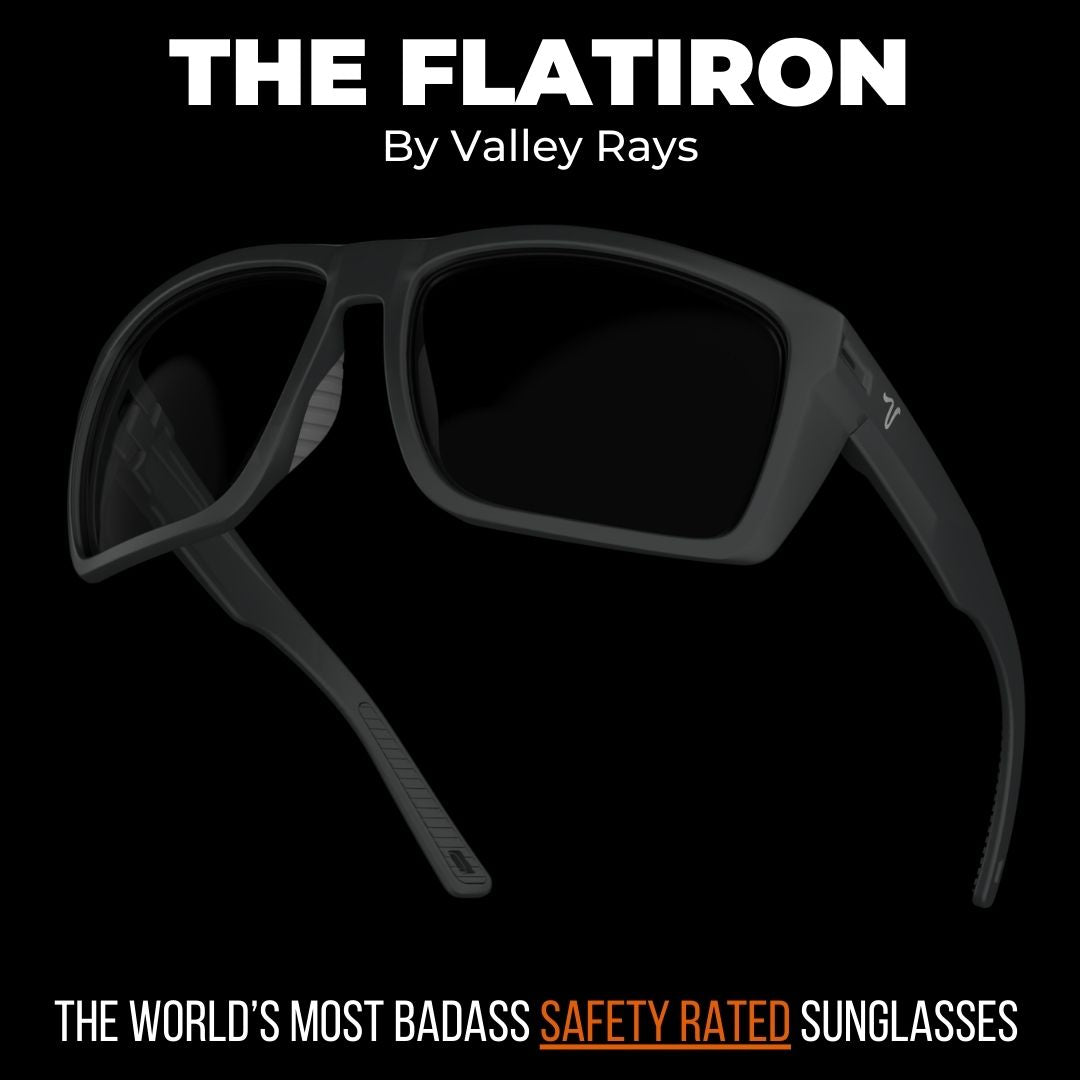


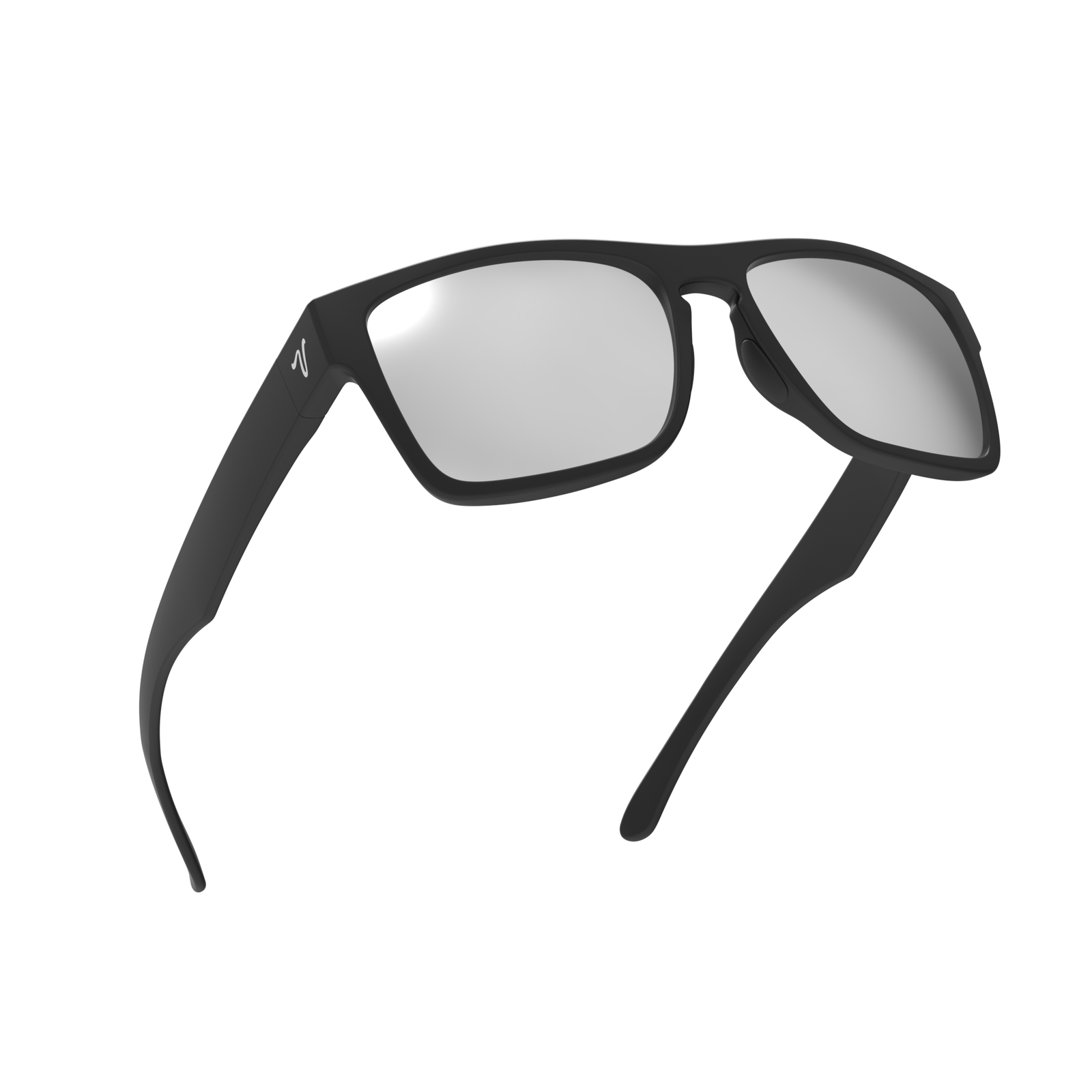








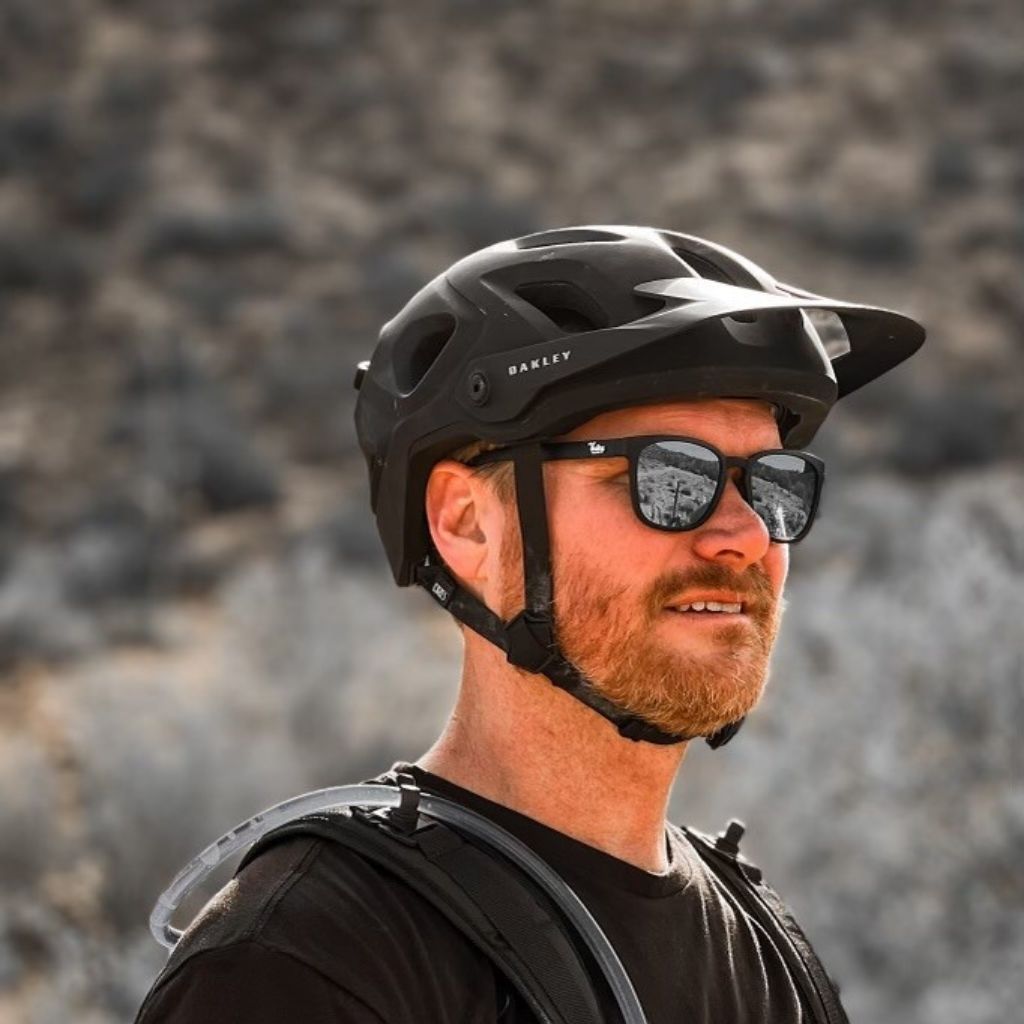





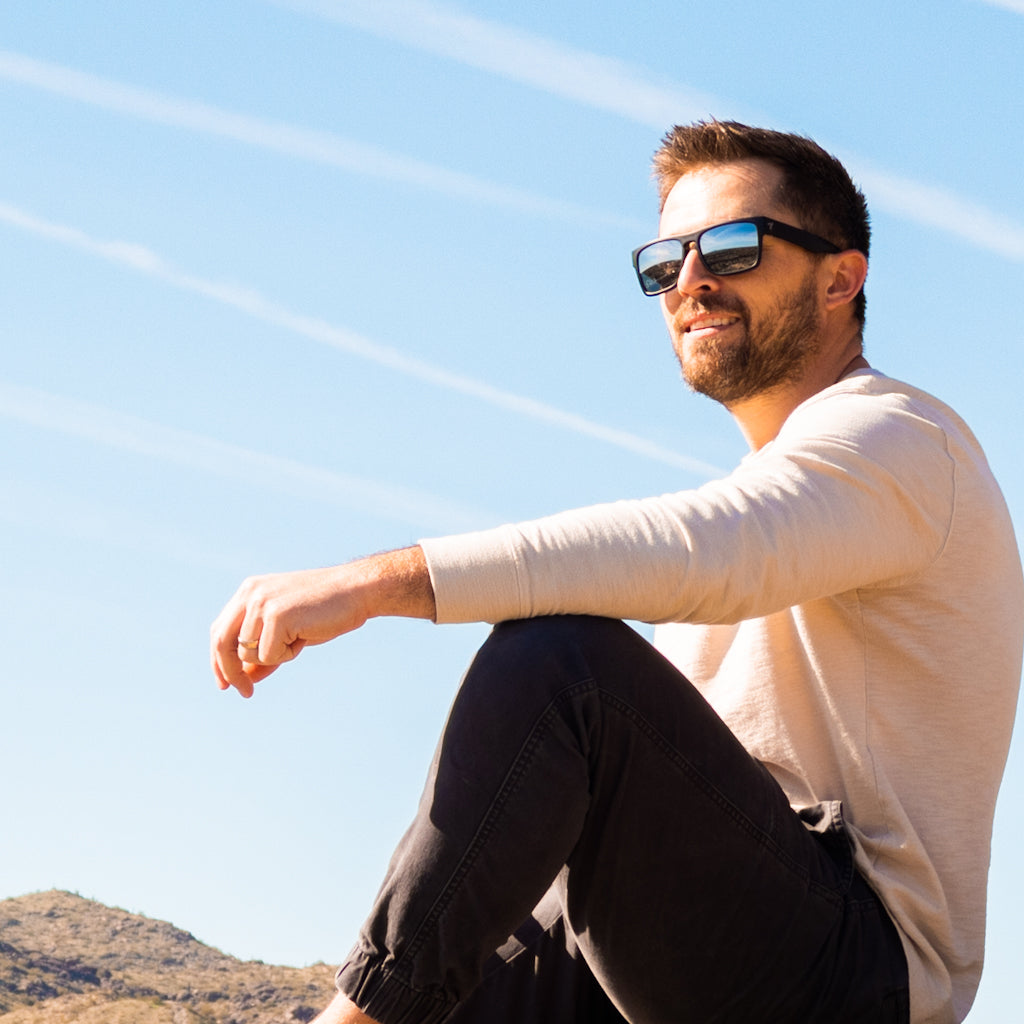
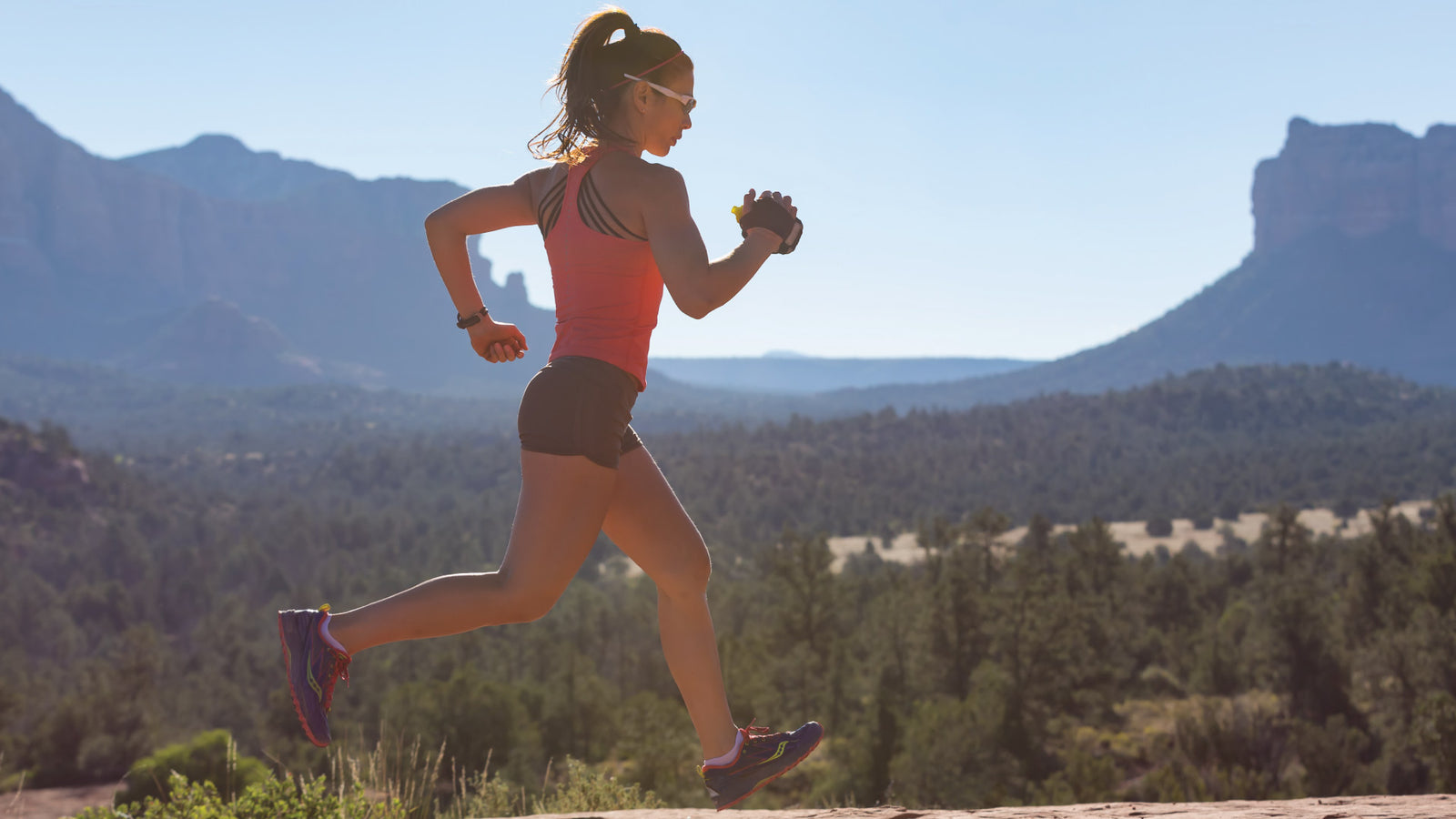




Leave a comment (all fields required)